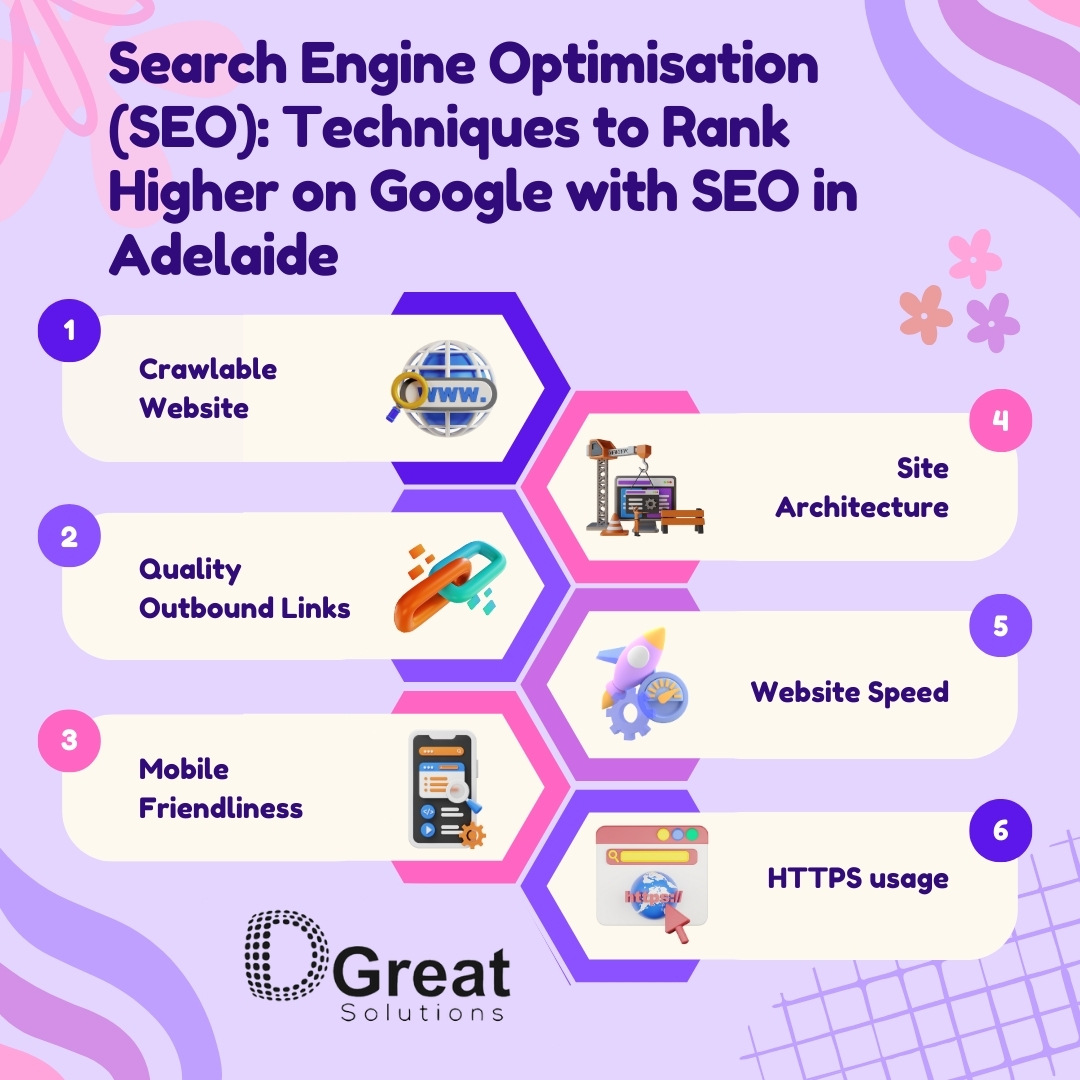If you have been doing some research towards hiring a website design firm to help you to produce a new website, then you have undoubtedly encountered many technical phrases and buzzwords. One of which is likely to be “responsive website design”. So, what does it really mean when a website designer tells you that they will create a fully responsive website layout? Let’s try and explain that right now.
A Lesson in Web Design History
Back in the early days of web design, things were much simpler. Most people used the same size screen (resolution). Most usually 1025×768 pixels. Think back to the old style 14” CRT monitors we used to use. Those simple, small, square display areas.
Therefore, when we designed a website, we simply made sure the layout looked fine at a fixed width that was visible on the square display, that scaled up in size proportionally. So, a website designed in this way would look great at any of the standard aspect resolutions.
Back then, monitors were so much more smaller, that even though we could run multiple applications at the same time, we almost always kept one at the front in a full-sized window, and the others in the background. So, a full-sized browser window would always show the older style of fixed width website accurately. But then things changed.
Widescreen Woes that affected website design responsiveness

Soon after TFT and LCD monitors became consumer products, we began to see widescreen resolutions become more widely used. However, these new resolutions initially only added a couple of hundred pixels to the edge of the display. This meant that fixed width websites in a full-sized browser were often wasting a lot of usable space.
Web designers exploited this extra space by developing variable width websites, that could scale horizontally across the browser
window. This worked great until the companies building LCD monitors gave us significantly higher resolutions, which would often break variable width websites that were designed to work at lower maximum widths.
Responsive Layout is Born
When the monitors we use began to offer massive increases in resolution, we began to use our PCs differently. We run multiple applications, often with one or more side by side on the same monitor. This means that windows sizes are extremely variable as opposed to how they were a decade or so ago.
Simple website design techniques such as variable widths sites just couldn’t solve this problem. They would often display

inaccurately within strangely sized browser windows. A new way of piecing together a website layout needed to be found. What website design experts came up with, is what we now call a responsive layout. A simple grid approach is used to plan out which parts of a website fit where. The size and location of the elements of these grid elements is driven by the actual size of the browser window.
So, when a person resizes a browser window that is showing a responsive website, the entire site layout is recalculated, resized and redrawn on the fly. This means that no matter what size the browser window is (within certain minimum restraints), the website will always look the same.
Mobile Miniaturisation

In recent years, we have seen a massive growth in the number of smartphones and tablet devices that are being used to access websites. These devices present an additional challenge to website designers. The small screens of these devices are unable to render a traditional website and still keep it readable, the text and images are simply too small.
In order to solve this problem, responsive site development techniques were improved. Now, when a website is displayed in a browser with a very small minimum width, the site can be switched over to mobile mode. In this case, each and every part of the site can use a different version designed entirely for mobile. Such as simpler menus, cut down header, and simplified footer.
Cross-Device Compatibility
What we have now, is a way to create websites that will always work perfectly, and look great on any device. From your high-resolution desktop monitor to your smaller laptop display, and even your tiny smartphone display.
This is the real power of responsive website design. It “responds” to the browser it is being displayed within and adapts itself to work in the best way.

Responsive Ecommerce Website Design Considerations
When it comes to ecommerce website design, a responsive layout will always ensure that your product pages can be displayed properly on any device. Ecommerce website design has to make sure that finding, choosing and buying a product is a streamlined process, to aid in conversions. Only a responsive site design can assure this is the case across all devices and browsers.
Talk to us today
DGreat Solutions has been developing fully responsive website designs since 2014. With our website designers boasting of nothing less than a bachelor’s degree in computer science and related fields. We have the skills needed to tackle any web development project. The resulting website will work across all major browsers, as well as all modern mobile devices while delivering a consistent experience for all of your visitors, no matter how they are viewing your site.

















